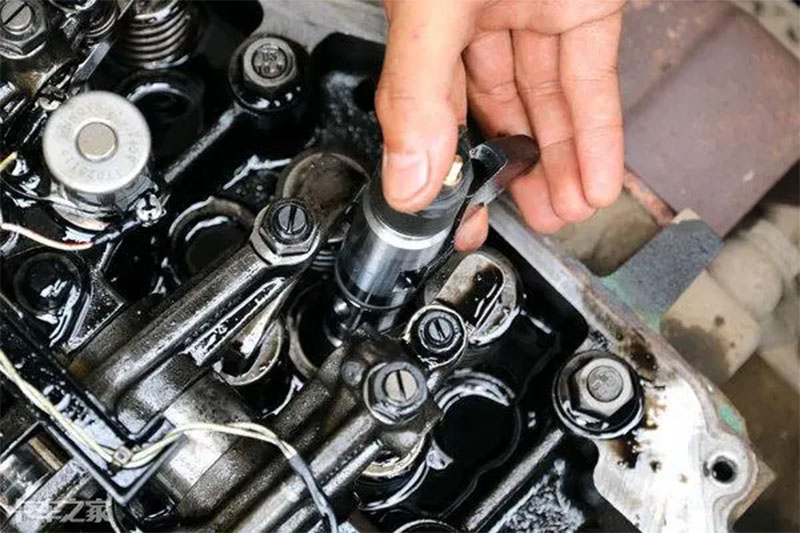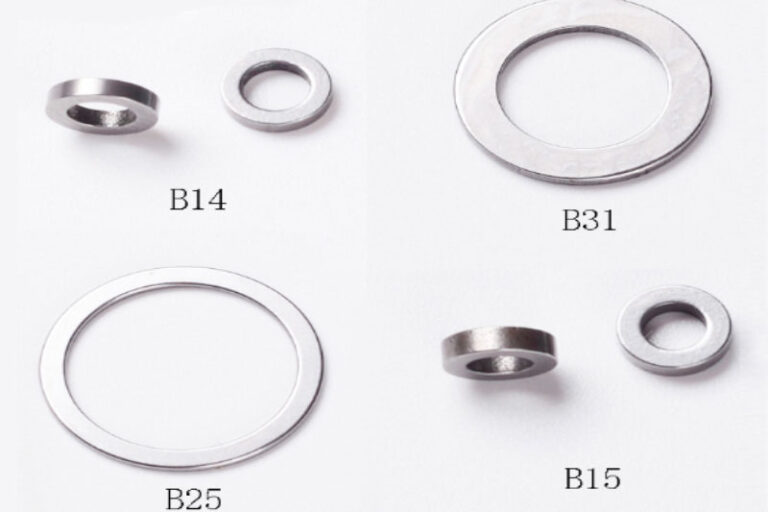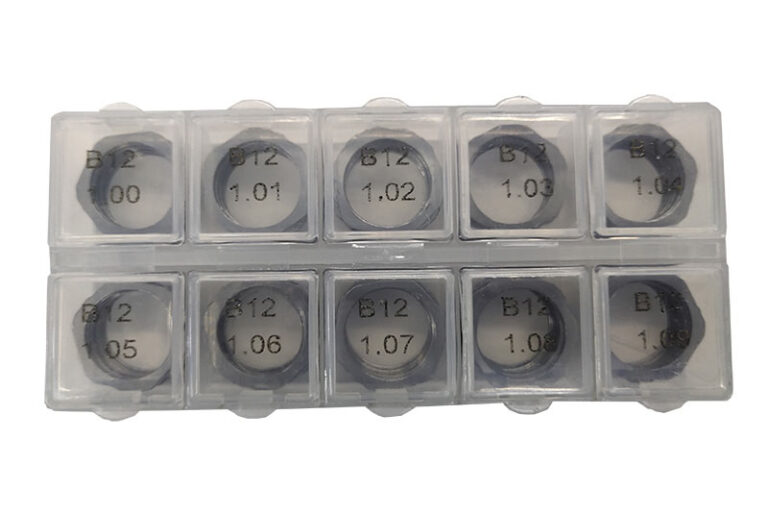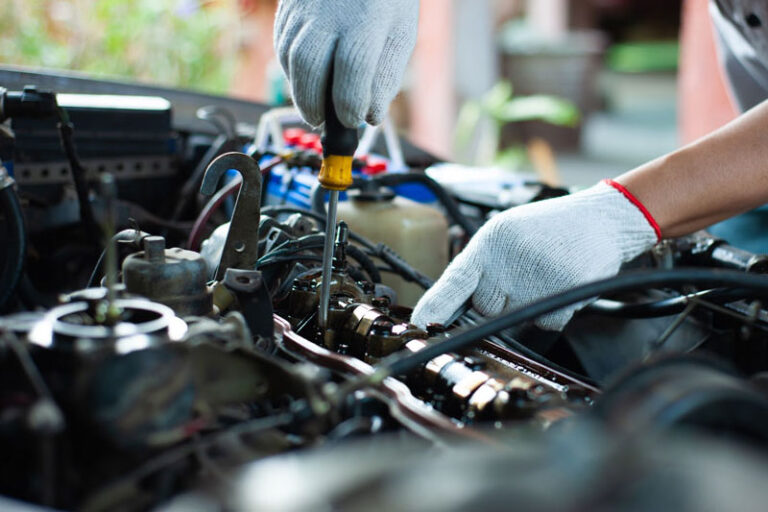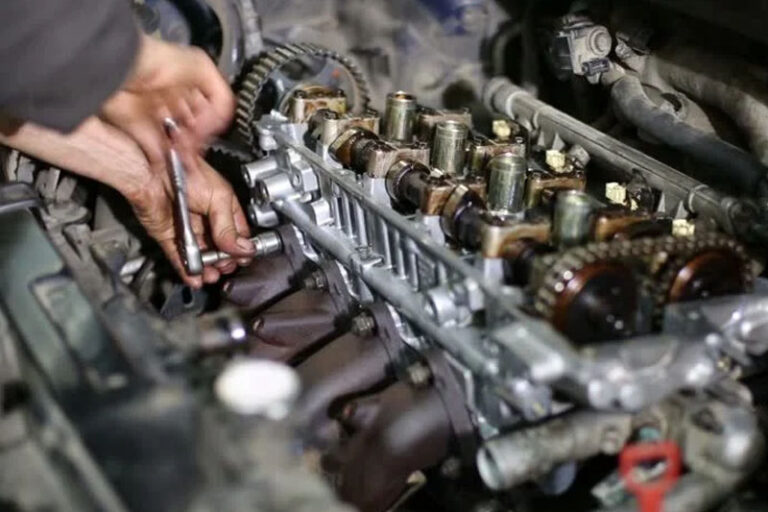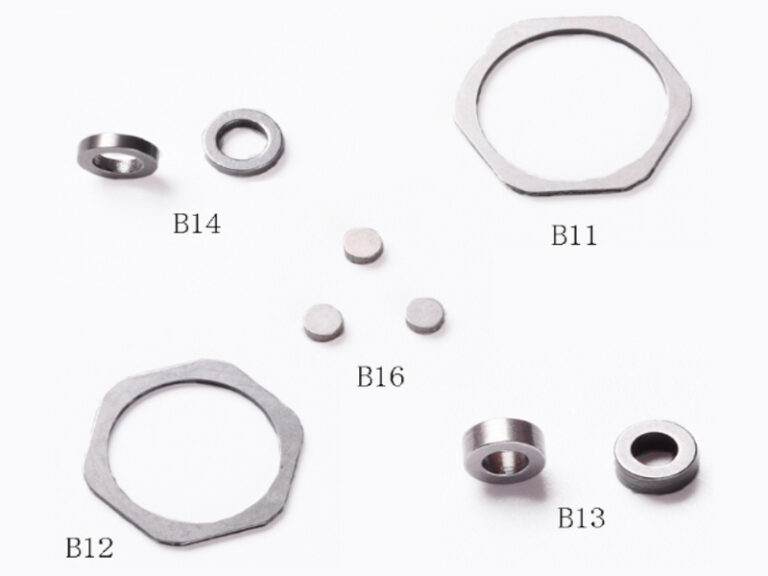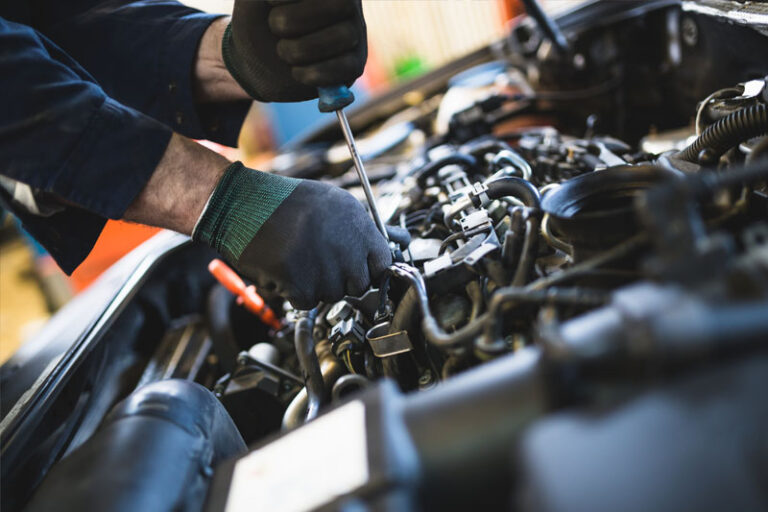Checking and Replacing Fuel Injector Seals
Checking Fuel Injector Seals
Checking to ensure that your fuel injector seals are in good condition, there are a few steps you can take. It’s important to visually inspect the seals for any signs of damage or wear, Observe the oil drop situation: when turning the adjustment screw, make the pressure of the pressure regulating spring slightly higher than the starting pressure of the fuel injector, then press the handle of the tester to increase the oil pressure to 20MPa, and then reduce it to 18MPa. This process If oil droplets are found around the nozzle hole, it may be that the needle valve cone seal is poor, which means there may be a problem with the seal.
Testing time: During the above process, it is necessary to measure the time it takes for the oil pressure to rise to 20MPa and then drop to 18MPa. This time should be no less than 9 to 12 seconds. If this time does not meet the requirements, it means that the sealing of the needle valve assembly is May get worse.
Pay attention to the oil pipe joints: When performing the above tests, make sure there is no oil leakage at the oil pipe joints, as this will affect the accuracy of the test results.
Replacing Fuel Injector Seals
Replacing an injector seal is a delicate task that requires expertise. Here are the steps to replace an injector seal:
- Preparation: Remove the fuel injector from the engine. Note that tools and parts need to be kept clean to avoid contaminating or damaging other components.
- Remove the old seal: Using an appropriate tool, such as a screwdriver or pliers, carefully remove the old seal from the injector. This process needs to be meticulous to avoid damage to the injectors or other surrounding parts.
- Cleaning and inspection: Use professional cleaners and rags to clean the injector and its surrounding parts to ensure that the surface is free of residual impurities and old seals. After cleaning, inspect the injectors and seals for any signs of damage or wear.
- Install the new seal: Carefully install the new injector seal onto the injector, making sure the seal is in the correct position and is not twisted or damaged. Then, use an appropriate tool, such as a screwdriver or pliers, to hold it in place.
- Testing and Adjustment: After installing the new seal, reinstall the injector on the engine. An engine test is then performed to ensure there are no problems with the installation of the new seal. If any abnormalities are found, such as insufficient or excessive fuel injection, the installation process needs to be rechecked.
- Follow-up maintenance: After replacing the injector seals, a comprehensive engine maintenance should be performed, including checking the condition of other seals and parts, to ensure optimal engine performance and safety.
It’s important to note that replacing injector seals requires expertise and the appropriate tools. If you’re not sure how to do the job, it’s best to seek help from a professional repairman.

